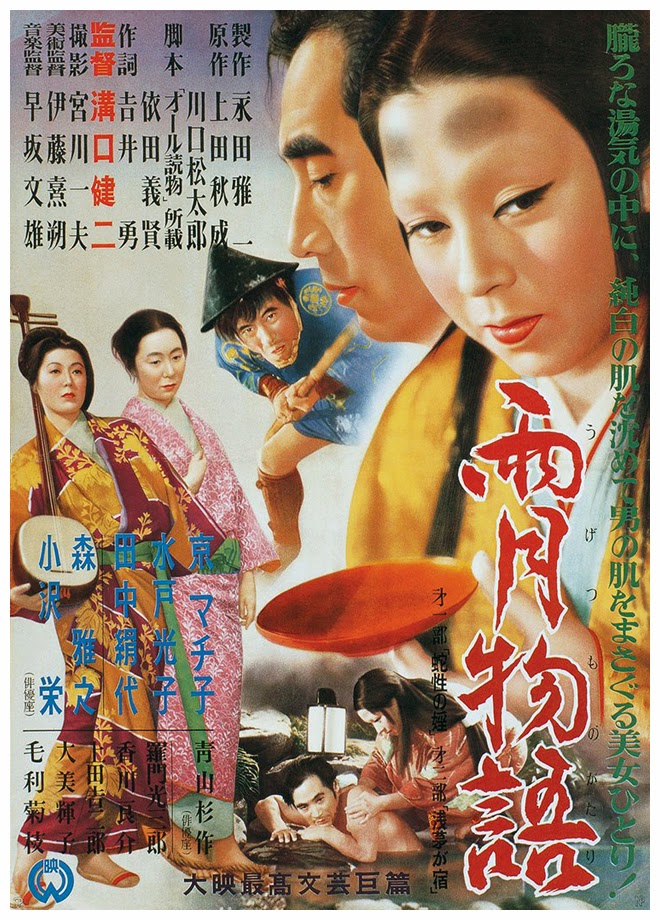Exploring the Legacy of Samurai Cinema: From “Ugetsu” to “Abashiri Prison”
The realm of cinema has been enriched by the enduring legacy of samurai movies, which have captivated audiences with their tales of honor, betrayal, and redemption. Among these cinematic treasures, two standout films, “Ugetsu” and “Abashiri Prison,” offer distinct yet compelling narratives that delve into the complexities of human nature amidst the backdrop of feudal Japan.

“Ugetsu,” directed by Kenji Mizoguchi, stands as a timeless masterpiece of Japanese cinema. Released in 1953, the film intertwines elements of historical drama and fantasy to weave a haunting tale of love, ambition, and the consequences of war. Set during Japan’s civil war era, “Ugetsu” follows the journey of Genjūrō, a potter whose pursuit of wealth and status leads him down a path of tragedy and spiritual awakening.
Mizoguchi masterfully employs the supernatural to explore themes of desire and illusion, as Genjūrō becomes entangled with the ghostly Lady Wakasa. Through exquisite cinematography and nuanced performances, the film transports viewers to a bygone era, where the line between reality and fantasy blurs, echoing the profound impact of Japan’s tumultuous history on its people.
The enduring relevance of “Ugetsu” lies in its profound exploration of the human condition, resonating with audiences across generations. By delving into themes of loss, redemption, and the destructive allure of ambition, Mizoguchi crafts a poignant meditation on the universal struggles of the human spirit.
In contrast, “Abashiri Prison,” directed by Teruo Ishii, offers a gritty portrayal of life within the confines of Japan’s infamous Abashiri Prison. Released in 1965, the film marked the beginning of Toei Company’s iconic Abashiri Prison series, catapulting actor Ken Takakura to stardom and laying the foundation for the yakuza film genre.
Set in Hokkaido’s harsh wilderness, “Abashiri Prison” follows the unlikely alliance between Shinichi Tachibana, a model prisoner, and Gonda, a hardened criminal, as they navigate the treacherous landscape of escape and survival. Ishii draws inspiration from Western classics like “The Defiant Ones,” infusing the narrative with tension and raw emotion.
The success of “Abashiri Prison” lies in its unflinching portrayal of the human spirit amidst adversity. As Tachibana and Gonda confront their pasts and forge an unlikely bond, the film explores themes of redemption and the resilience of the human spirit. Through its gritty realism and powerful performances, “Abashiri Prison” captures the essence of the samurai ethos in a modern context.
Both “Ugetsu” and “Abashiri Prison” stand as timeless classics that continue to captivate audiences with their rich storytelling and profound themes. From the ethereal beauty of Mizoguchi’s vision to the gritty realism of Ishii’s portrayal, these films exemplify the enduring allure of samurai cinema and its timeless exploration of the human condition.

